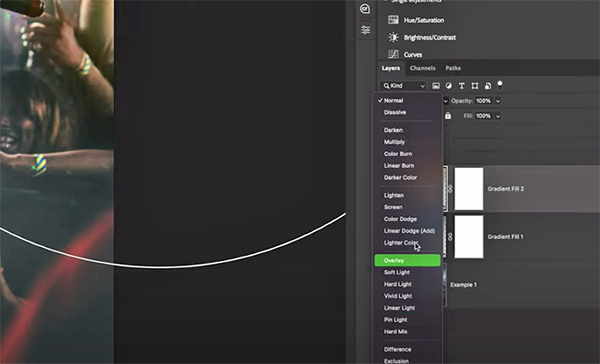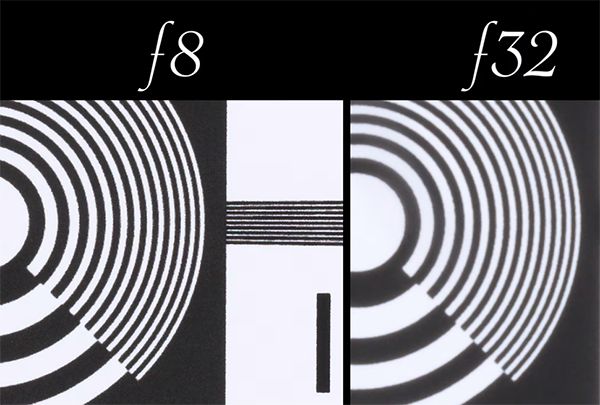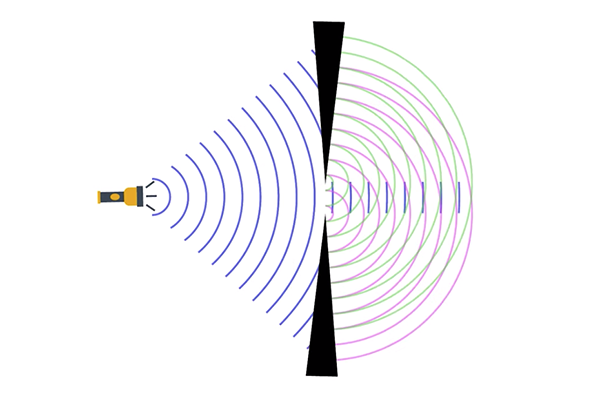Is Habitat the new Zara Home? The affordable quiet luxury alternatives to snap up fast
Habitat is the new budget-friendly alternative for Zara Home – as lookalike quiet luxury homewares sell for less
Adobe recently upgraded Photoshop’s Gradient capabilities with new versatile options, but this seven-minute tutorial isn’t a deep dive into everything these tools can do. Rather, we’re taking a targeted look at what one pro says are the “three best ways” to employ Photoshop’s updated Gradients.
If you already employ Gradients in your Photoshop workflow, well, all the better. But that’s not necessary for today’s lesson, in which you’ll learn everything necessary for taking advantage of this trio of awesome new techniques. And you don’t have to be a power user to create some really cool effects.
Instructor Brendan Williams has a popular, instructional YouTube channel with the simple goal of helping amateur photographer “level up their skills in less time.” And that’s exactly what he does in the seven-minute video below.

There’s a new Gradient mode within the Gradient tool, and at top of today’s list is a quick demonstration of how to use Gradients to create a variety of awe-inspiring lighting effects. Williams illustrates how it’s done using a performance photo captured in a dark venue where the lighting was less than impressive.
He selects the Gradient tool by tapping the letter “G” and goes up to the Options bar to make sure the Gradient mode is active. Then he navigates to the Gradient Preview and chooses the foreground-to-transparent Gradient within the Basics folder. Next he selects a Radial Gradient (that can be revised later if necessary) and walks you through the rest of the process for transforming the image with some really special lighting.
Williams explains technique #2 like this: “Let’s say I want to have an image fade to transparency from the top of the image for a graphic-design project.” He makes this process really easy for the portrait in his example by using a Layer mask and a foreground-to-transparent Gradient.

It’s important to have the Gradient tool selected and the Gradient mode enabled, before proceeding further with the simple steps he provides, along with the recommended settings for various attributes.
Williams concludes the video with his third and final tip, which uses Gradients for color grading a very interesting landscape image with a solitary person silhouetted in the wet foreground of the scene. His original photograph looks pretty great as it is but watch what happens when he applies a bit of Gradient wizardry. Like WOW!
There’s much more to learn on the Brendan Williams instructional YouTube channel, and we strongly recommend taking a look. And don’t miss the tutorial we featured recently from another image-editing expert who explains how to upscale photographs like a pro with a variety of effective apps and quick A! secrets.
“Lens diffraction” is a term you’ve likely heard before, but do you really understand the concept and how it can impact your photos? If not, it’s time to get up to speed, and this lesson from the Visual Education YouTube channel will do exactly that in less than nine minutes.
Instructor Karl Turner has been a working pro for over 25 years, and he has an uncanny knack for simplifying complex subjects. He begins this enlightening lesson with a blunt warning: “Diffraction is the mother of all lens problems.” Now do we have your attention?
In this brief but comprehensive guide Turner provides a complete understanding of everything from the basics of diffraction to its practical implications for lens selection, aperture settings, and sensor size. He also explains how this optical concern impacts sharpness and other key imaging characteristics.

Here’s how Turner defines the concept: “Simply put, diffraction occurs when light waves encounter obstacles, causing them to bend and interfere with each other, and it directly impacts the overall quality of images.” That’s why it’s essential to understand how to mitigate this concern when manipulating various camera settings and shooting parameters to optimize these variables.
Turner doesn’t spend too much time discussing the science behind wave-particle duality and interference patterns, and instead concentrates on practical considerations like how diffraction affects your photos at different aperture settings. Whether you’re a beginners seeking an understanding of essential photographic principles, or an experienced shooter concerned with optimizing image quality, this lesson is a must see.
You’ll also learn a variety of techniques for minimizing the negative attributes of diffraction, such as focus-stacking and more basic post-processing solutions. There are also some interesting insights into how lens manufacturers address this challenging concern.

Bottom line: By unraveling the mysteries of diffraction you’ll be far better equipped to capture exceptional photographs with the best quality possible. After watching this eye-opening lesson take a look at the Visual Education YouTube channel where there’s much more to be found for elevating your skills.
And for another tutorial that begins with an important question, we suggest our earlier post that poses this query: “Should you apply a camera’s crop factor to aperture?” The answer may surprise you.
